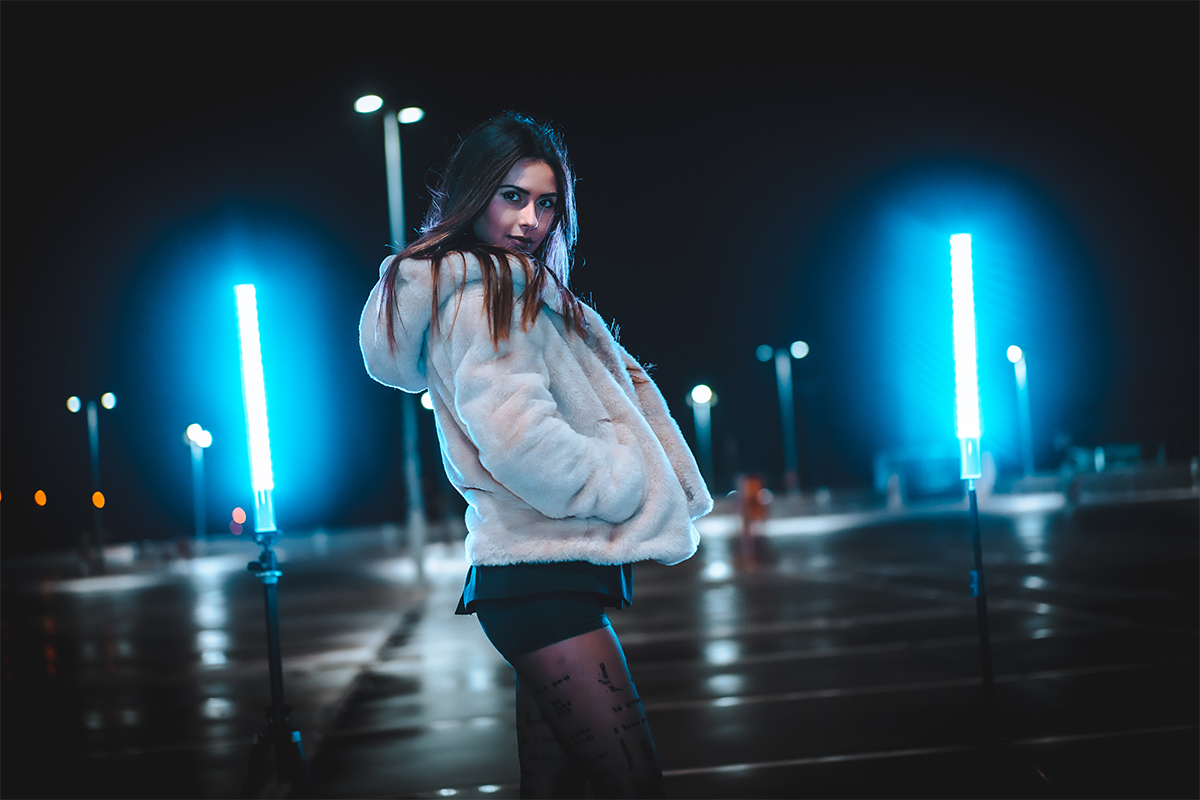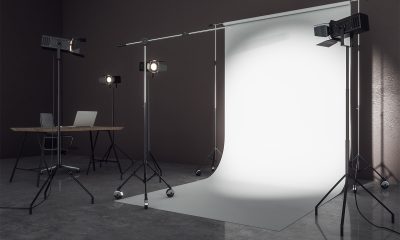What is a light wand
A photography light wand is rod-shaped LED light that can produce highly controllable lighting for filmmaking, videography and photography applications. It is a highly versatile lighting instrument that can adapt to different shooting conditions on the fly and allows filmmaker, videographers and photographers to explore creative possibilities. In a standard three-point lighting setup, these handheld or floor/table stand mountable lights can be used as key lights to provide the primary source of illumination, as fill lights that soften and fill the shadows created by the key light, or as back lights to help visually separate the subject from the background. LED light wands also allow photographers to paint with the light. Long-exposure photography, for example, enables a moving, glowing RGB light stick to leave visible trails, which makes the shot look imaginative or illusory.
Light stick
LED light wands are essentially linear assemblies of mid-power SMD LEDs. The linear light may be designed to provide one- or double-sided lighting. On each side an array of LEDs is solder mounted on a metal core printed circuit board (MCPCB). The metal-core PCB is laminated with circuit traces that provide electrical connections, while the entire circuit board also serves as a heat spreader. In order to effectively dissipate heat generated by the LEDs, the circuit board must have an adequately low thermal resistance and be interfaced to an aluminum heat sink which is engineered to provide sufficient cooling capacity. Failure to remove the thermal energy from the LED semiconductor junction and keep the junction temperature below a set limit will permanently degrade the operating characteristics of the SMD LEDs, resulting in compromised color quality and reduced lumen output. The LEDs may radiate through a clear lens to maximize lumen output, a diffused lens to provide uniform light output, or a colored lens to subtract wavelengths from the broad spectrum white and alter the color.
Chromaticity and color reproduction
The LEDs used on light wands are available in various color options. The white light emitted by the LEDs usually have a correlated color temperature (CCT) of the tungsten balanced 3200K or the daylight balanced 5600K. In some products both the tungsten balanced and daylight balanced LEDs are mounted on the same PCB. Yet in some products the light module incorporates red, green and blue LEDs. Multi-color LED systems, including the bi-color white, RGB, RGBA, RGBW and RGBWW systems, are commonly designed to be color tunable. Through additive color mixing, the spectral power distribution (SPD) of the entire LED system can be tuned to emit any color within the gamut of the constituent LEDs. White tunable products combine warm white LEDs (usually around 2700K or 3200K) and cool white LEDs (usually around 5600K or 6500K) to provide a lighting system that allows to call up any color temperature within the mixing range. Mixing together several monochromatic LEDs, including at least the three primary colors of visible light (red, green, and blue), can produce millions of saturated colors.
The ability of the LEDs to reproduce the colors of objects faithfully is an important consideration in LED package selection. The LEDs also have a minimum color rendering index (CRI) of 95 or score high when measured with other color rendition metrics based upon the response of the human eye. Since the spectral sensitivity is different between the human photoreceptor and the camera sensor, the spectral composition of the LEDs that emit white light should be tailored to the spectral sensitivity of the camera sensor. The television lighting consistency index (TLCI), which specifically quantifies the quality of color reproduction of a light source when used within the video production environment, typically has a minimum value of 95.
LED driving and dimming
Drive current regulation and control capabilities set the LED lights apart. LED light wands are usually powered by an integrally mounted rechargeable battery and may come with separate AC-DC power supplies for line-powered operation. The driver must provide tight load regulation to ensure the outputs are matched to the electrical characteristics of the LEDs.
Video cameras can pick up high frequency flicker that is invisible to the human eye. This imposes special considerations in removal of the ripple in the output of a driver. Dimming is another important consideration since camera’s exposure settings such as shutter speed, aperture and ISO need be adapted to the overall intensity of the light in the scene. Pulse width modulation (PWM) dimming is preferable over constant current reduction (CCR) dimming. A PWM dimmable driver is capable of dimming the LED light output over a full range from 100% to 0% while maintaining a consistent color throughout the dimming range. To produce predictable colors from a tunable white or RGB LED system, each of its component LEDs requires individual, accurate intensity control through PWM dimming.
Color tuning applications require the use of advanced controllers that interpret digital control signals and regulate the light output intensity of individual LEDs. Some products come with pre-programmed effects and modes such as pre-defined CCTs and colors, dynamic color patterns, HSI color control, and strobe light. In addition to the on-light operating interface, many products allow access and control via a smartphone app.













Loading...